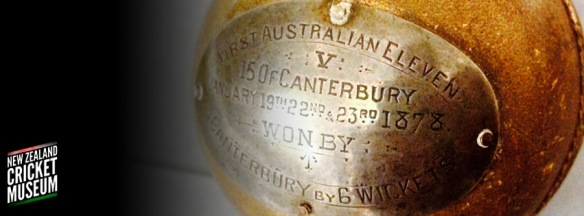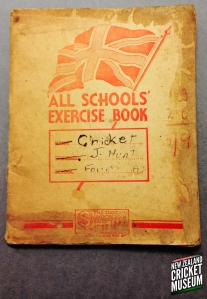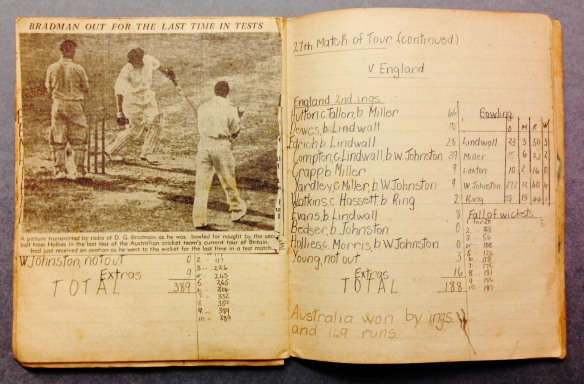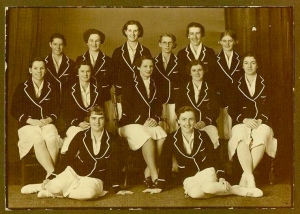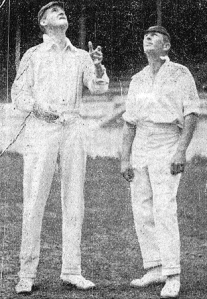In the summer of 1876-77, James Lillywhite brought a team of England’s best cricketers out to New Zealand and Australia. Beginning with games against Australian domestic sides, Lillywhite’s All England XI then jumped the ditch to take on our domestic teams before returning to Australia to play cricket’s first ever Test matches. While much has been made of those Tests, Lillywhite’s All England XI enjoyed a successful, and somewhat unusual, tour to New Zealand that is seldom mentioned.
Each New Zealand domestic side that faced off against the All England XI featured 22 players in an attempt to even up the score. It didn’t work. Lillywhite’s side brushed aside Auckland, Wellington, Taranaki, Nelson and Southland, inflicting innings’ defeats. Canterbury put up more of a fight, losing by just 23 runs, while Westland and Otago managed to hang on for the draw. What was particularly unusual about these sides was that they didn’t just use 22 batsmen, they had 22 players in the field too – making it close to impossible for Lillywhite’s batsmen to pick the gaps.
In all these games, the highest score managed by any batsman on the New Zealand sides was the 31 made by Auckland’s Robert Yates in the tour opener. At the other end of the scale, the scorecards for the 8 domestic sides featured a combined total number of more than 100 ducks. To give that some perspective, New Zealand played 26 years of Test cricket before they recorded 100 ducks.
Southland were the last New Zealand side to play the All England XI and they didn’t fare any better than the others, losing by an innings and 65 runs. The tour had been squeezed into such a tight schedule that Lillywhite’s players had to leave on the match’s final afternoon. This led the Southland batsmen to take their time getting to the crease after each dismissal, a ploy that proved unsuccessful as there was still time after the game finished for an official farewell before the visitors departed. While the lack of competition offered by Southland was unlikely to be ideal preparation for the momentous occasion to follow, the same eleven players represented England in their first Test against Australia.
In a twist of touring, when the Australians toured New Zealand in 1878, Southland were the first side to take them on. This gave Southland the unique honour of being the last side to play England before the first Tests, and the first international side to play Australia after the first Tests. Not bad for the southernmost cricket association. Unfortunately for Southland their performance didn’t improve in the time between hosting these international sides: Australia won by an innings and 139 runs after Charles Bannerman hit 125 and Fred Spofforth took 14 wickets in the first innings. In a show of generosity to their hosts, Spofforth didn’t bowl at all in the second innings.
The 1878 Australians didn’t enjoy quite as successful a tour as the All England XI. While they inflicted serious defeats on Southland, Wellington and Auckland, Otago and Oamaru held out for draws. However the most incredible result of the tour was against Canterbury, the formative powerhouse of New Zealand cricket. Where the other domestic sides followed the pattern of the All England tour and played 22 against Australia’s 11, Canterbury were deemed to be serious-enough competition to play just 15. Part of the reason for Canterbury’s early dominance of cricket in New Zealand, and their performance in this match, may have been due to their selection strategy: of Canterbury’s 15, only John Fowler was NZ-born and another member of the side was William Rees, WG Grace’s cousin. After bowling the highly-touted Australians out for just 46 in the first innings, Canterbury went on to win the historic match by 6 wickets.

